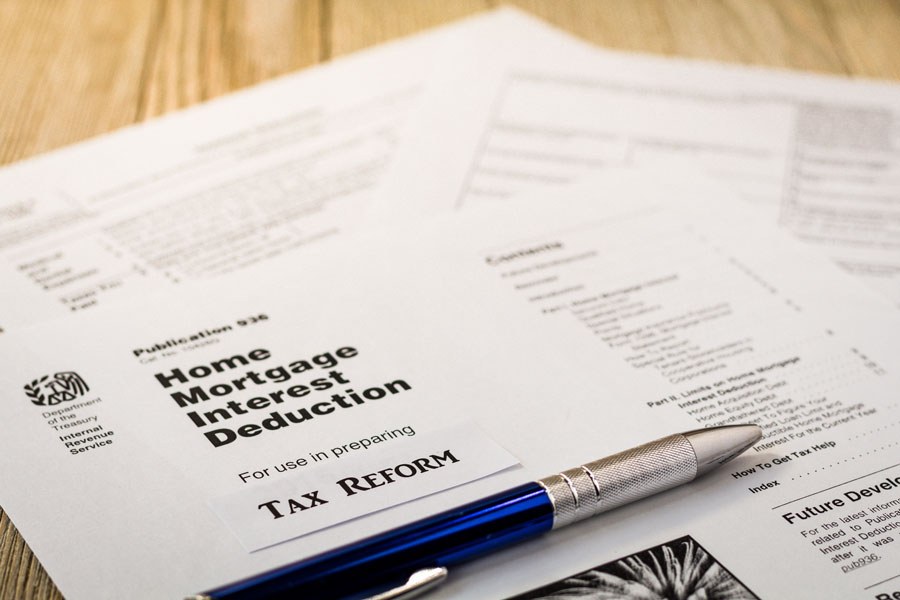
DENVER, CO – In anticipation of additional potential aggressive rate hikes from the Federal Reserve in an attempt to slowly reduce inflation and stave off a national recession, the interest rate of the popular 30-year fixed home mortgage increased this week to 6.28 percent, up from the 5.55 percent it was just one week prior.
Tuesday’s mortgage rate increase came on the heels of a 33-basis point increase on Monday by the Fed, with additional increases scheduled for June, July and September. Currently, inflation in the United States is at a 40-year high, with May’s producer price index – which tracks inflation at the wholesale level before products reach consumer retail shelves – going up by 10.8 percent year-over-year from May 2021, the fastest inflation has risen in the country since December 1981.
Interest rates for home loans have been rising consistently for months from historic lows during the worst of the COVID-19 pandemic, when cheap money fueled housing purchases and subsequently began to drive up prices on the nation’s low inventory. However, while increased rates have cooled demand for mortgages, it has had little effect in curbing skyrocketing prices sellers are asking for their properties.
The interest rate increase this week was one of the highest single jumps since the July 2013 “taper tantrum,” during which investors had a knee-jerk reaction to an announcement by the Fed that they would be reducing the number of assets they would be purchasing. As a result of that proclamation, nervous investors sent Treasury yields soaring, resulting in a significant increase in interest rates.
However, Mortgage News Daily Chief Operating Officer Matthew Graham noted that there are profound differences between the 2013 taper tantrum and the recent moves by the Fed to curb inflation in the country.
“The difference back then was that the Fed had simply decided it was time to finally begin unwinding some of the easy policies put into place after the financial crisis,” he said. “This time around, the Fed is in panic mode about runaway inflation.”
As the Fed – the central banking system of the United States – invested money into mortgage-backed bonds during the initial year of the COVID-19 pandemic, home mortgage rates had hit several record lows; support which has ended, and the Fed is anticipated to begin offloading holdings in the near future.
As a result, interest rates began to increase as of January; at that point in time, the average rate was 3.25 percent and saw regular increases every month. Rates held somewhat steady in May, but soon began to go higher once again.
Despite this slow yet steady climb, rates on home loans still remain at historically low levels compared to what happened in the early 1980s when rates reached their highest point in history; in 1981 the average interest rate was a whopping 16.63 percent, according to Freddie Mac data.



Comments are closed.